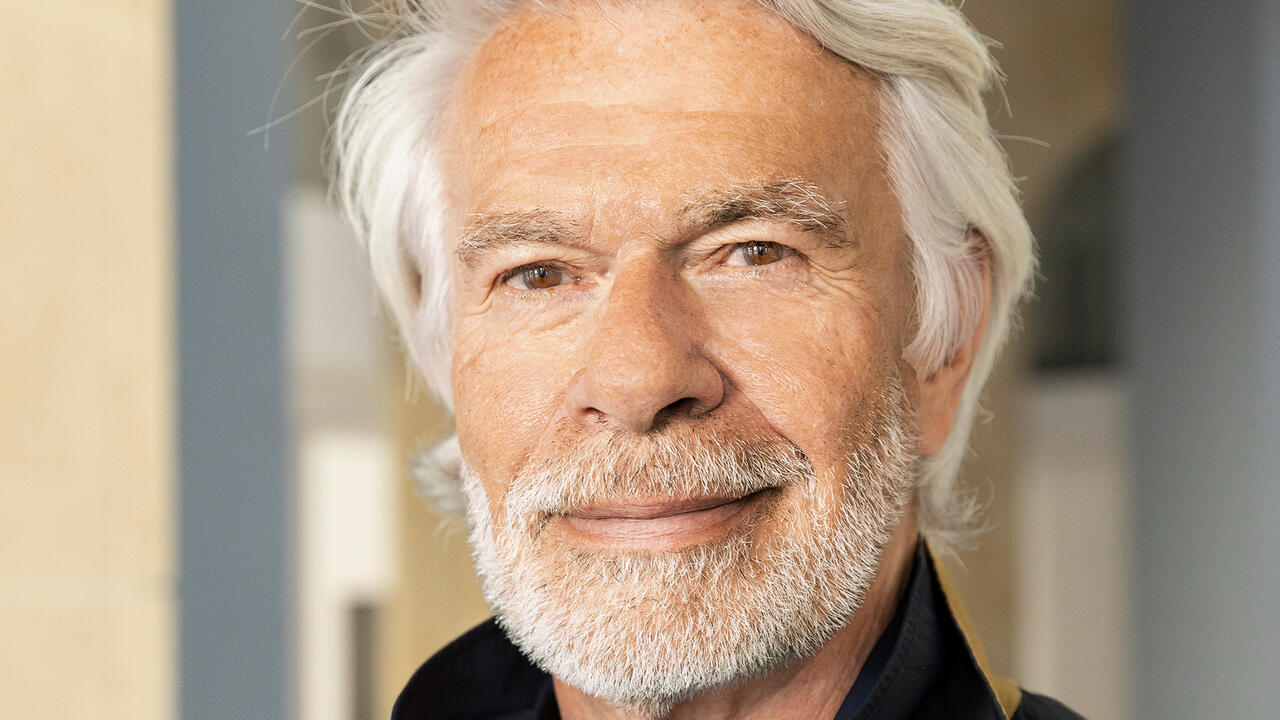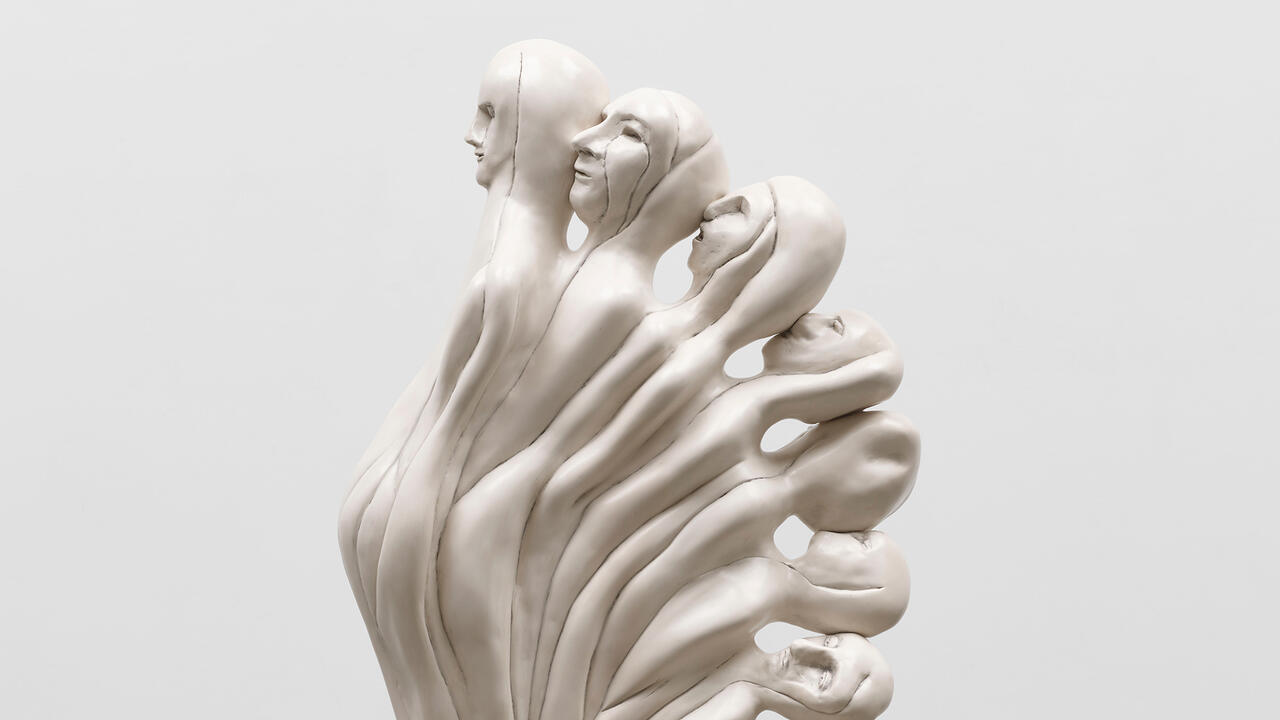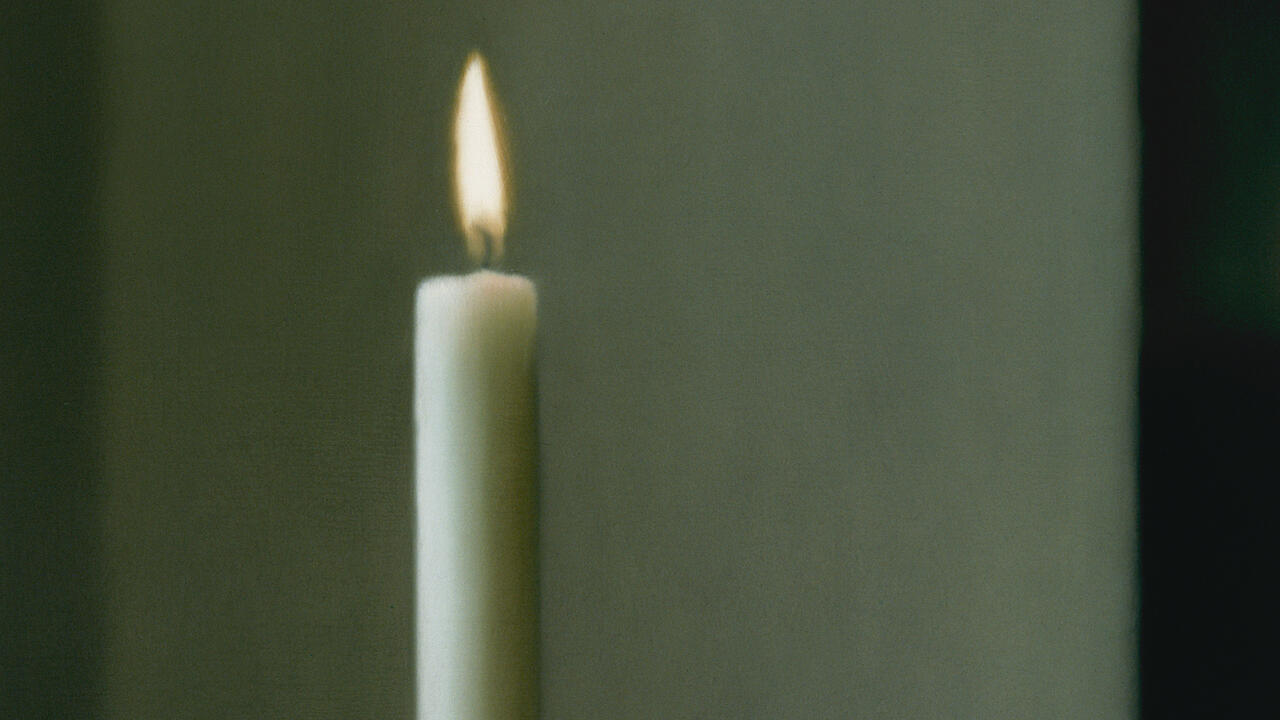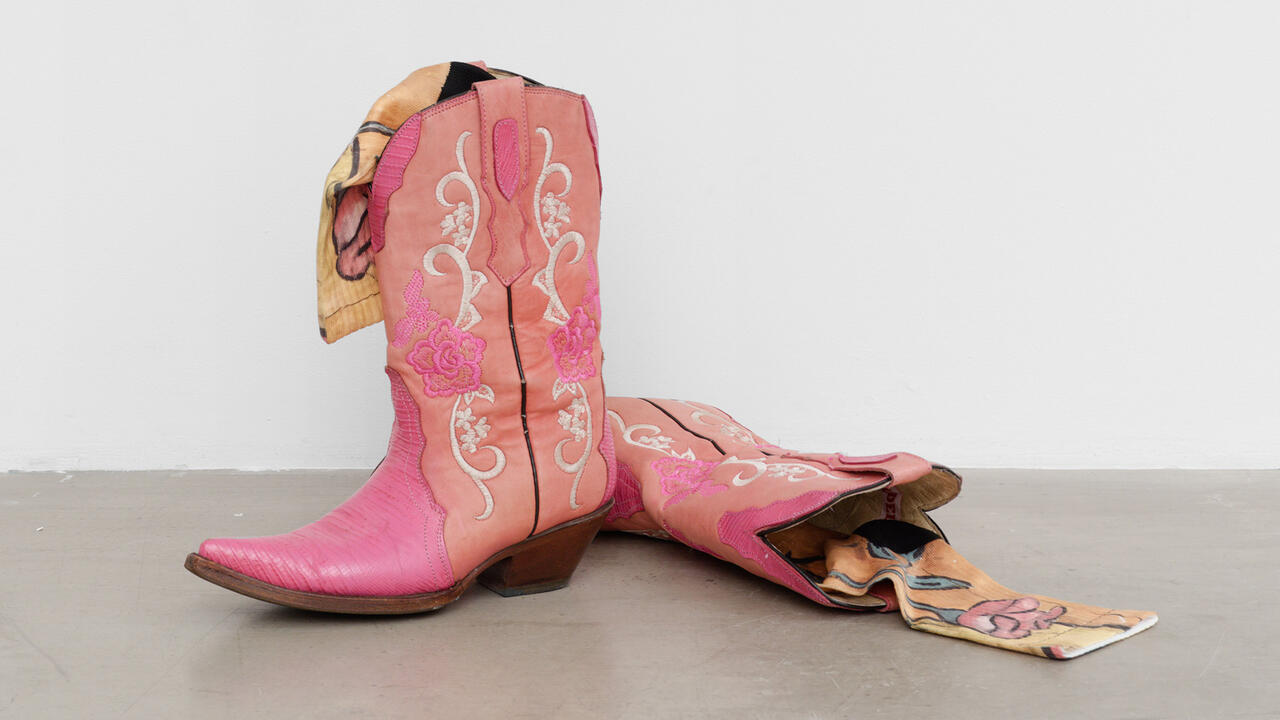Christian Boltanski
Grand Palais, Paris, France / Musée d'art contemporain du Val-de-Marne, Vitry-sur-Seine, France
Grand Palais, Paris, France / Musée d'art contemporain du Val-de-Marne, Vitry-sur-Seine, France

For five weeks at the beginning of this year, creased and mouldy coats, anoraks, jumpers, skirts and trousers took over the giant expanse of the belle époque Grand Palais. With its 13,500-square-metre venue, built for the 1900 Exposition Universelle and covered with Europe’s largest glass ceiling, the annual ‘Monumenta’ sculpture series is comparable in scale to the ‘Unilever Series’ in Tate Modern’s Turbine Hall. Christian Boltanski’s edition of ‘Monumenta’ – the third, following contributions by Anselm Kiefer and Richard Serra – like much of the French artist’s work, evoked traces of the anonymous dead. (The work’s title, Personnes, is a play on words: it means ‘people’ in French but is pronounced the same way as ‘nobody’.)
Upon entering the building, the main part of the installation was concealed by a wall of stacked, rusting biscuit tins. This grid of randomly numbered containers resembled a columbarium, but the boxes’ contents remained undisclosed. The tins worked brilliantly as an architectural device as well as a testament to Boltanski’s childhood memories – biscuit boxes, as well as clothes, are recurrent in his work. Beyond the wall, the centrepiece came into view: a high, bulky heap of thousands of tonnes of discarded clothes. For the duration of the exhibition, a red mechanical claw hoisted a small amount of clothing from the top and dropped it back down. According to the artist, Personnes was intended to activate collective and personal memory: the story of Boltanski’s Jewish father, who hid in a basement during World War II, overshadows much of his oeuvre. In the Palais’ 200-metre-long nave, Boltanski laid out a grid of rectangular swathes of clothes, each one demarcated by four iron pillars and lit by a white neon tube. The installation’s emotional charge could be grasped in a single gaze: a graveyard immediately came to mind. This visual summation was arresting at first, but as a conceptual device the grid simply traversed the space and didn’t draw the visitor into the horizontal axis of the Grand Palais.
Heartbeats, heavily distorted by the acoustics of the space, served as the installation’s soundtrack. Since 2005 Boltanski has been archiving thousands of heartbeats that will be stored later this year on the remote Japanese island of Teshima (Les Archives du cœur, 2005–10). In a side room of the Grand Palais, visitors could have their heartbeat recorded, added to the archive, and carry a copy back home on a CD. Boltanski often says that he likes to appeal to middlebrow taste, and this sort of easy participation testified as much. But his populist approach also countered the self-important character of the (so far) all-male ‘Monumenta’ series.
Personnes didn’t deal with individual grief as much as with the distilled representation of death. In addition to evoking the Holocaust, the installation was meant to engage with more generic experiences of suffering and mourning, clad in Judeo-Christian meta-narratives: the claw stood for the hand of God picking its prey at random or, more sardonically, was reminiscent of a funfair game. The garments’ drab maroons, purples, pinks and baby blues articulated by vivid whites and pulsating reds resonated strikingly with the cold green of the Grand Palais’ iron structure. Boltanski also purposely delayed the opening date of ‘Monumenta’ so that the crystalline winter light and the biting cold contributed to his staging. Despite his general preference for scruffy materials and simple visual effects, Personnes was an exercise in impeccably controlled, saturnine aestheticism.
Concurrent with Personnes, the exhibition ‘Après’ at the Musée d’art contemporain du Val-de-Marne, in a Parisian suburb, was conceived as a sequel. Literally, ‘après’ means after, but was understood here as afterlife – but it felt more like a spoof. In the press, the show was eclipsed by its roaring sister presentation; critics may also have resented being sent to a bleak suburb to experience their ‘afterlives’. Blurry black and white images of mid-20th-century crowds projected onto white entrance curtains acted as a prelude to the show. Inside, the dark and comparatively much smaller gallery was a desolate landscape of large cubic volumes made from black tarpaulin. Scarecrow-like figures made of wooden planks with bright neon lights for faces and hands greeted visitors in a mildly sadistic schoolmaster’s voice that uttered in staccato sentences delivered by Boltanski: ‘Dis moi, est-ce que tu as eu peur?’ (Tell me, were you scared?); ‘Dis moi, as-tu laissé beaucoup d’amis?’ (Tell me, did you leave behind many friends?); ‘Dis moi, c’est quoi le coma?’ (Tell me, what is coma? ). The word ‘après’ was written on the back wall in flashing red and blue light bulbs reminiscent of an amusement park sign.
Boltanski is a storyteller. In his earlier work, blurred photographs of anonymous people lit up by interrogatory lights and stand-in souvenirs of his partly fabricated autobiography function as props for existentialist meditations. Turning a grandiose edifice into a solemn memorial is a challenging task to begin with, but the big jumble of clothes did have a haunting presence. Personnes was about survival, as are all memorials. But ‘Après’ was about the artist’s own fears and obsessions; it suffocated the viewer and left no space for reflection. Walking out was the only escape.






















